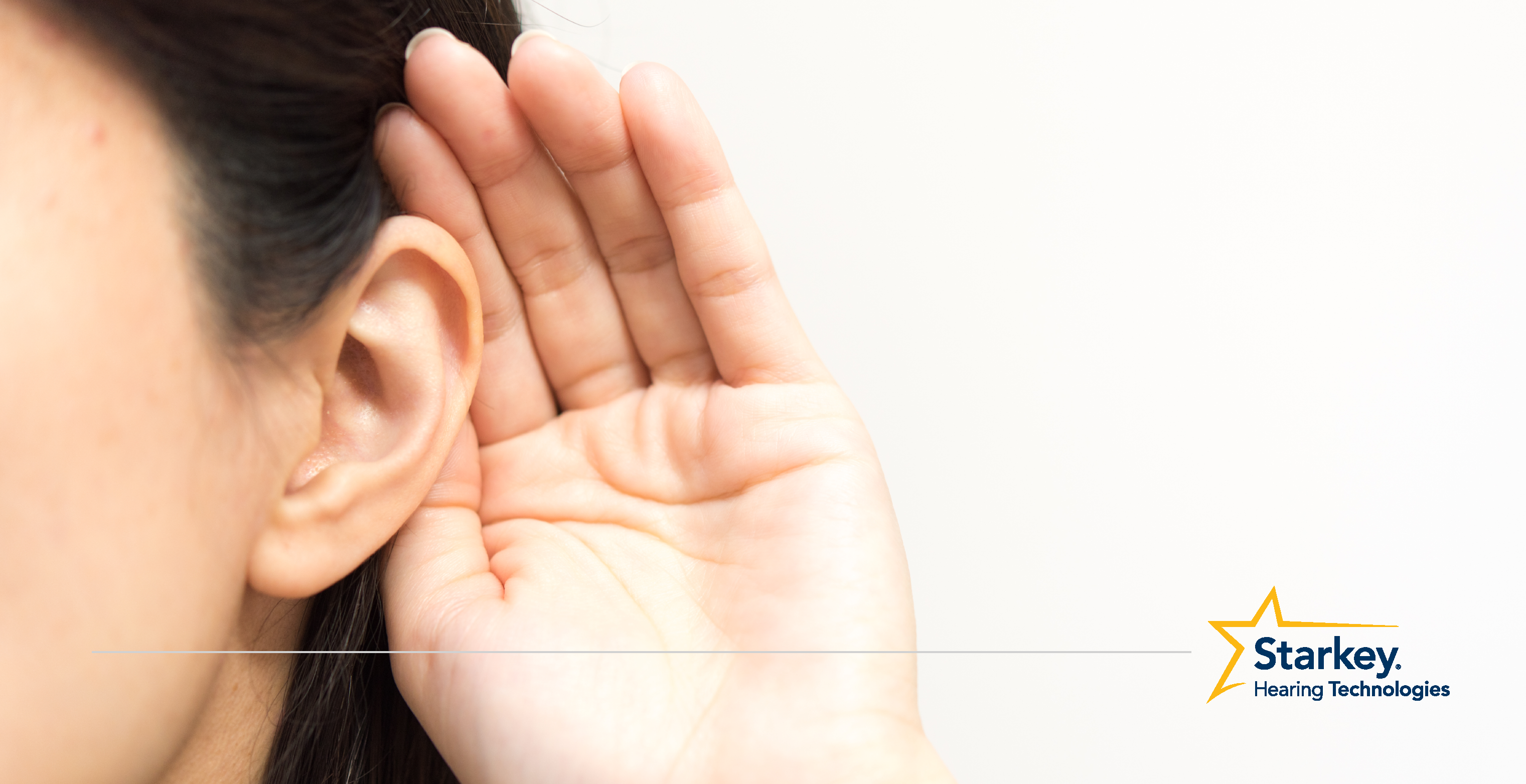Do you have a “good ear” and “bad ear”? When someone is sitting closer to your “good ear” is it easier to follow the conversation? At the least, most of us prefer one ear or the other when talking on the phone. However, significant hearing loss in one ear is what is known as unilateral hearing loss. Profound unilateral hearing loss, which is categorized as ‘hearing loss greater than 91dB’, is referred to as single-sided deafness. Professionals in the hearing industry often abbreviate single-sided deafness to SSD.
In the event that one ear has significant or complete hearing loss and the other ear is normal (or nearly normal), this condition is referred to as SSD or single-sided deafness. With SSD, hearing loss can be present in both ears. However, one ear will have unusable hearing that doesn’t improve with amplification. This can be due to the actual hearing loss or the inability to understand speech so severe it can’t be corrected.
There are effective non-surgical and surgical treatment options available to individuals suffering from SSD. Unfortunately, at this time there is no permanent cure.
Why hearing with both ears is important
Using only one ear to hear is quite challenging. For someone with single-sided deafness, difficult listening environments are more tiring. A person’s auditory system is designed in a manner for both ears to receive input. Having good hearing in both ears allows a person to locate the direction from which sounds are coming and improves overall loudness.
Someone who suffers from single-sided deafness may be okay in low volume, one-on-one conversation. However, trying to follow conversations in loud environments can prove to be quite difficult. It is not easy to separate speech from background noise when relying on only one ear for hearing. Trying to determine where exactly noises are coming from proves difficult as well. Needless to say, it requires much more effort to listen with one ear as opposed to both ears.
Single-sided deafness - causes
In the event that patients have SSD that can’t be explained, it is described as “sudden idiopathic hearing loss”. The known causes of SSD are trauma, acoustic neuroma, viral and bacterial infections, and circulatory disorders.
Single-sided deafness & non-surgical treatment options
The most common non-surgical treatment options for SSD are CROS and BiCROS hearing aids. With both of these options, they are designed to direct essential speech and environmental sounds from the bad ear to the good ear, thus restoring the sensation of bilaterally hearing sounds.
Both CROS (Contralateral Routing of Signal) and BiCROS (Bilateral Contralateral Routing of Signal) hearing aids are designed to enhance sound awareness, improve speech understanding, and reduce listening effort by restoring sensation of sound hearing with both ears. Both hearing aids have the programming flexibility to accommodate hearing changes and provide customizable tinnitus relief.
Starkey provides cutting edge CROS and BiCROS hearing aids
CROS (Contralateral Routing of Signal) and BiCROS (Bilateral Contralateral Routing of Signal) are modern, cutting edge hearing aid systems. With both systems, a device is worn in both ears. A microphone is worn in the “bad ear” and wirelessly transmits sounds to a receiver worn in the “good ear”. Both ears work together, restoring the bilateral hearing sensation and improving sound localization and overall loudness for the person wearing the hearing aid.
Wireless connectivity is offered in both systems for ear-to-ear streaming phone conversations along with music, television and media. Both hearing aid systems operate in a similar manner. Both are used to treat different degrees of hearing loss in the “good ear”.
The BiCROS system is often chosen over the CROS system when there is considerable hearing loss present in the “good ear”, requiring corrective amplification. In the case where there is little or no hearing loss in the “good ear” and little to no amplification is required, the CROS type hearing system is recommended.
Single-sided deafness surgical treatment options
There are surgical treatment options available for SSD. The main option consists of bone-anchored implants that route sound to the “good ear” by means of bone conduction. This process consists of surgically anchoring a titanium screw into the skull behind the “bad ear”. A sound processor is then attached externally which transmits sound through the skull to the cochlea of the ear.
We can help
The auditory systems we offer are designed to receive input from both ears. Significant hearing loss in one ear can create significant auditory hardship. Starkey makes advanced BiCROS and CROS systems that are designed for people with single-sided deafness to improve sound awareness, speech understanding and reduce listening effort.
To try one of these systems for yourself, contact a hearing professional in your area. We can help find one for you - call 1-855-970-2990 or click here.
